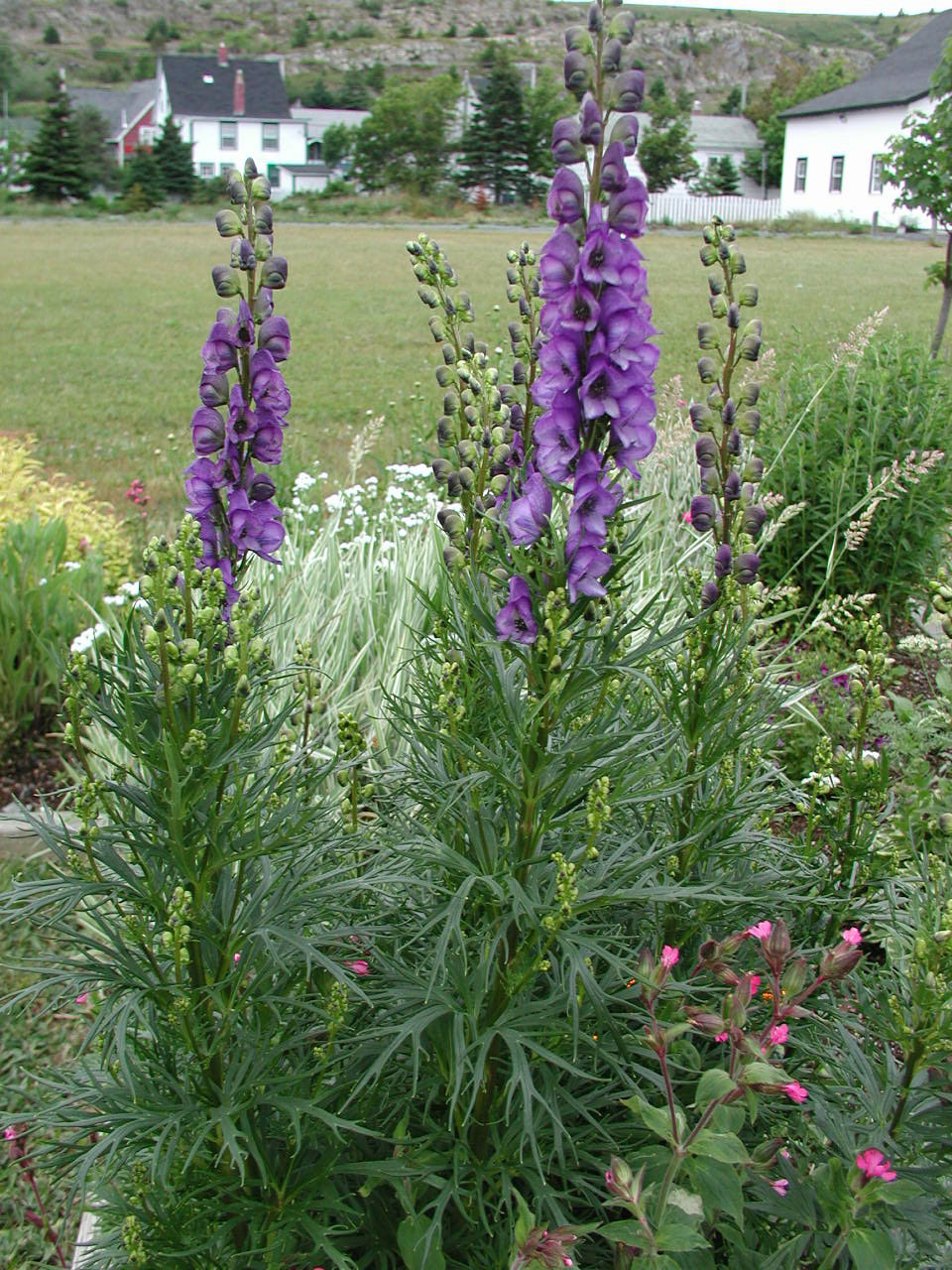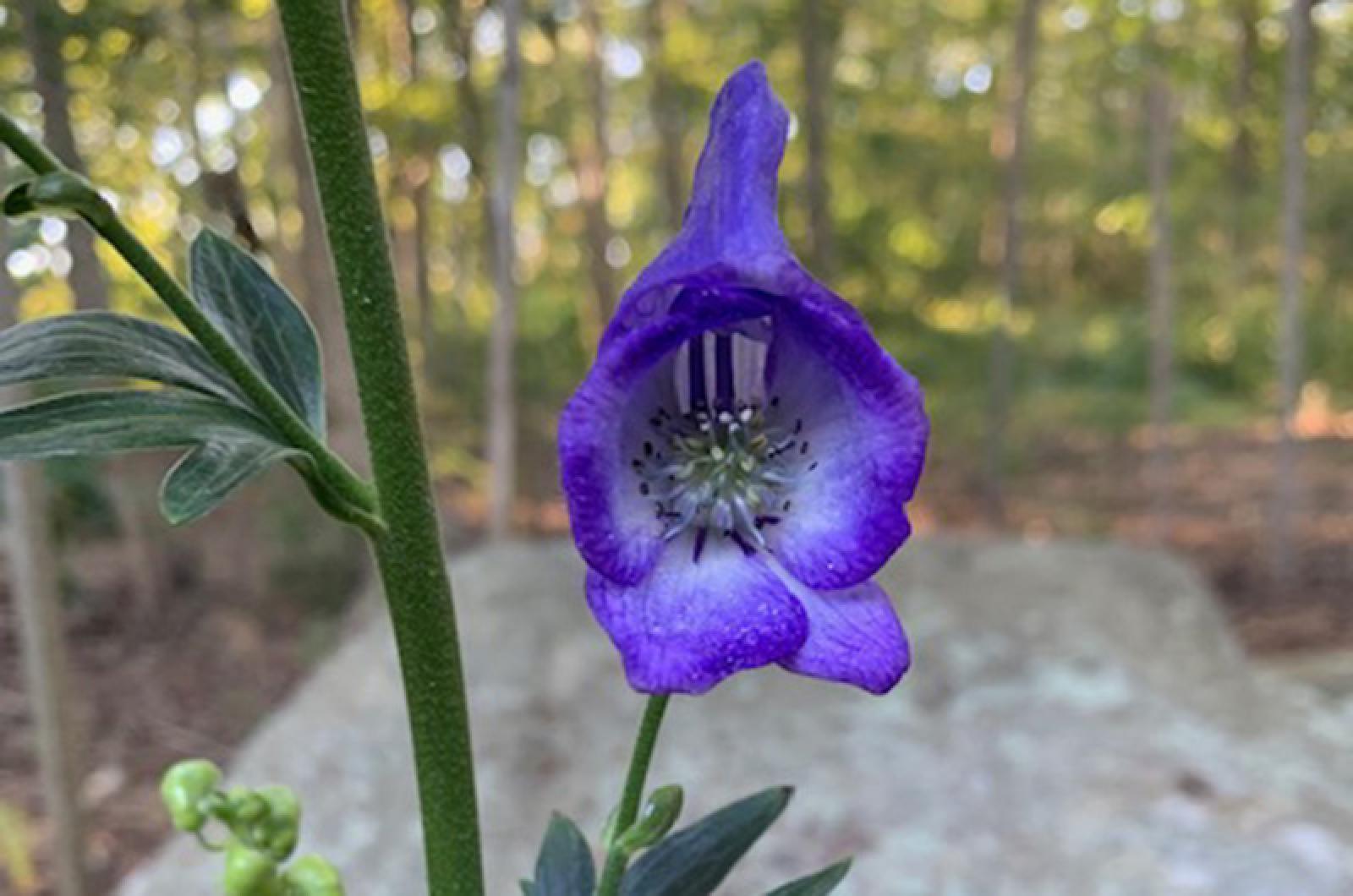Wolfsbane: A Deadly Beauty
A Botanical Marvel
Wolfsbane plants are characterized by their unique hooded flowers, which resemble medieval helmets or monks’ hoods, hence the common names. The flowers come in a variety of colors, including blue, purple, yellow, and white. The plants are often tall and slender, with deeply lobed leaves.

A Toxic Tapestry
The allure of wolfsbane is matched only by its deadly nature. Every part of the plant is poisonous, containing a complex mixture of alkaloids, primarily aconitine. These toxins can cause a range of symptoms, including numbness, tingling, dizziness, nausea, vomiting, and irregular heartbeat. In severe cases, ingestion of wolfsbane can lead to respiratory failure and death.
Historical Significance
Wolfsbane has a long and fascinating history, steeped in myth, folklore, and medicine.

Ancient Greece: The ancient Greeks believed that wolfsbane was used to poison arrows and spears. It was also associated with the underworld and used in rituals to ward off evil spirits.
Despite its toxicity, wolfsbane has been used in traditional medicine for centuries. However, its use requires extreme caution and expertise. In small doses, it has been used to treat pain, inflammation, and heart conditions. It is important to note that self-medication with wolfsbane is highly dangerous and can be fatal.

Cultivation and Care
While wolfsbane is a beautiful plant, it is important to handle it with care. Here are some tips for cultivating and caring for wolfsbane:
Planting: Plant wolfsbane in well-drained soil in partial shade.
A Cautionary Tale

Wolfsbane is a beautiful but dangerous plant. Its allure should not overshadow its deadly potential. By understanding its toxicity and taking appropriate precautions, we can appreciate its beauty while respecting its power.
Wolfsbane Plant

